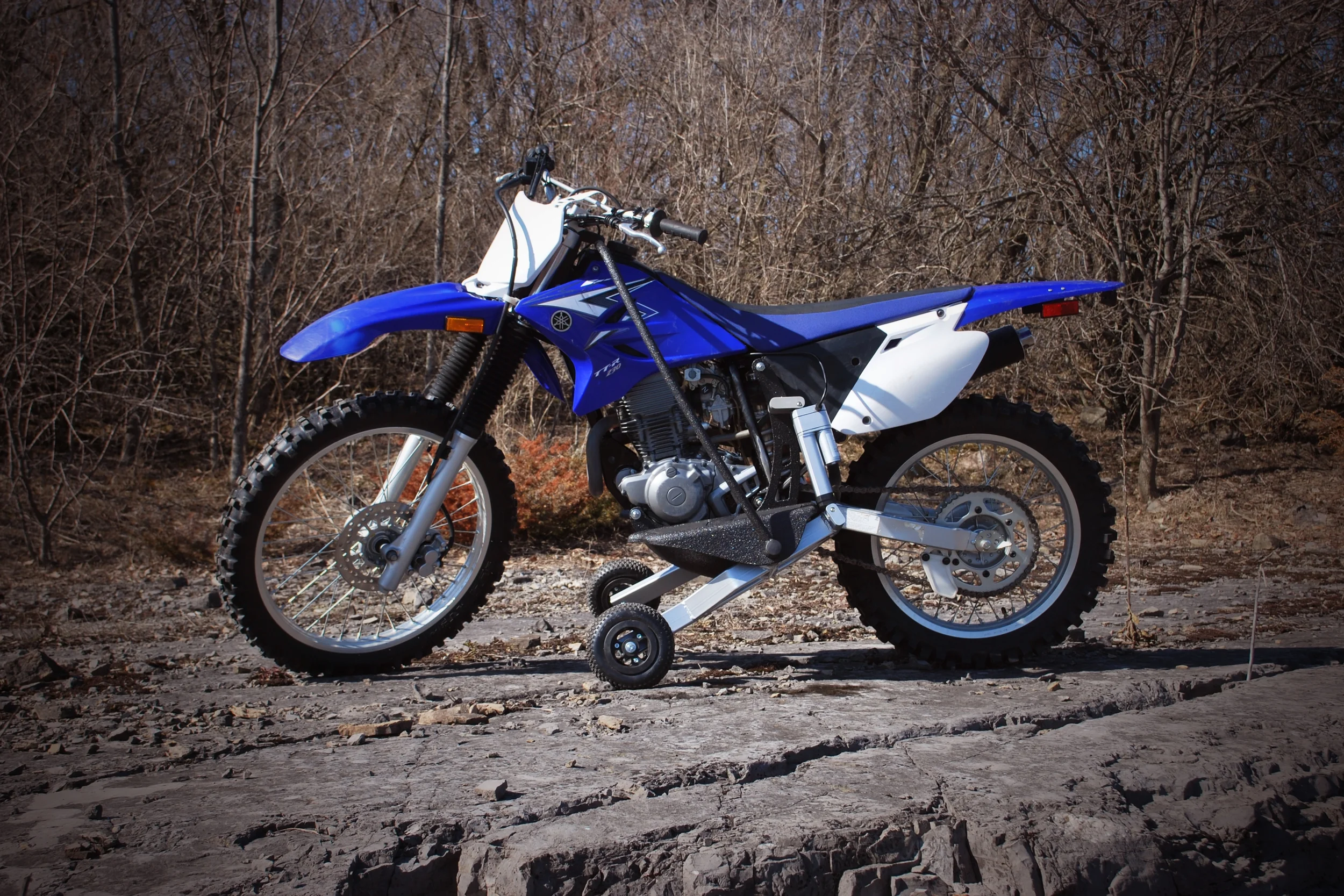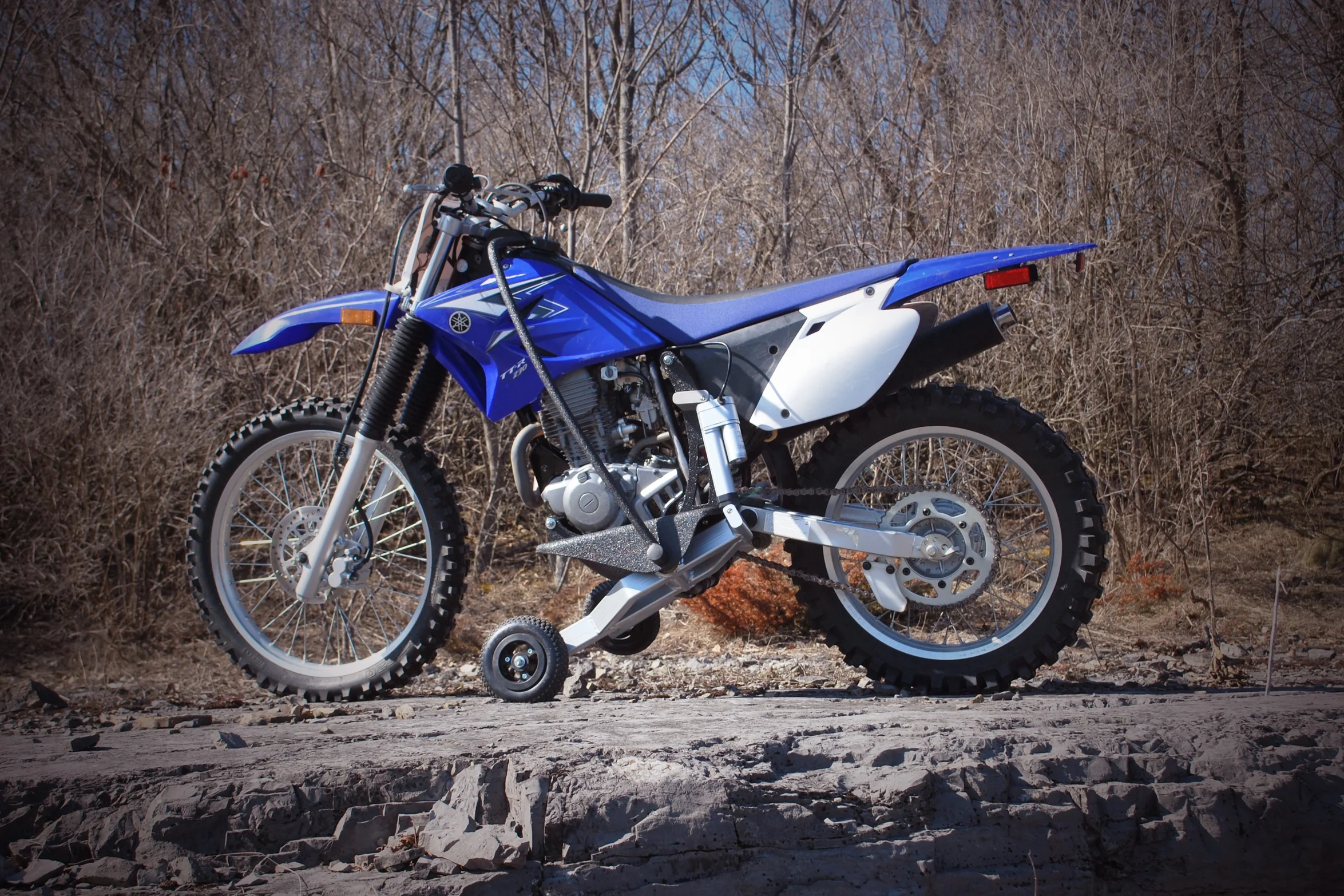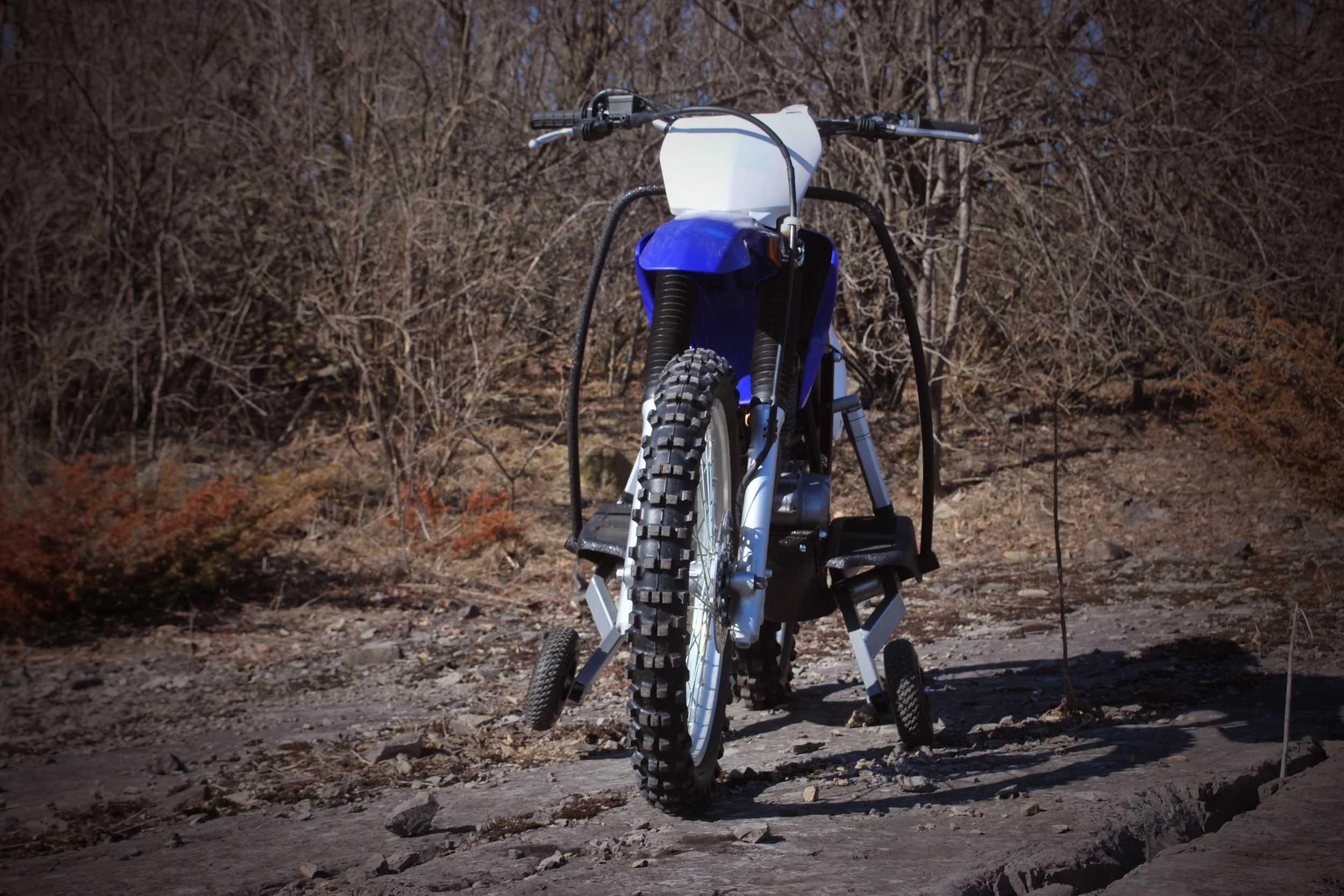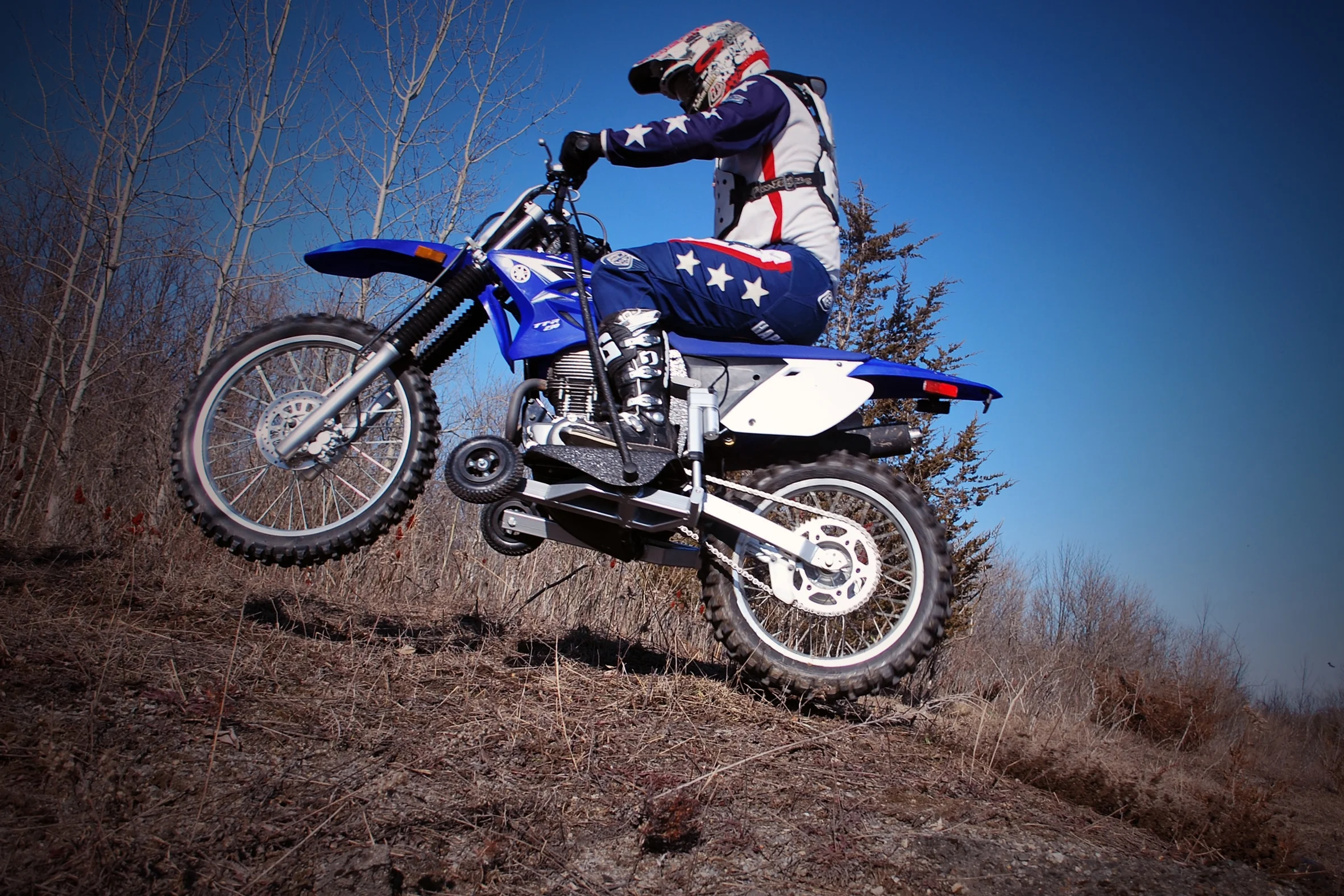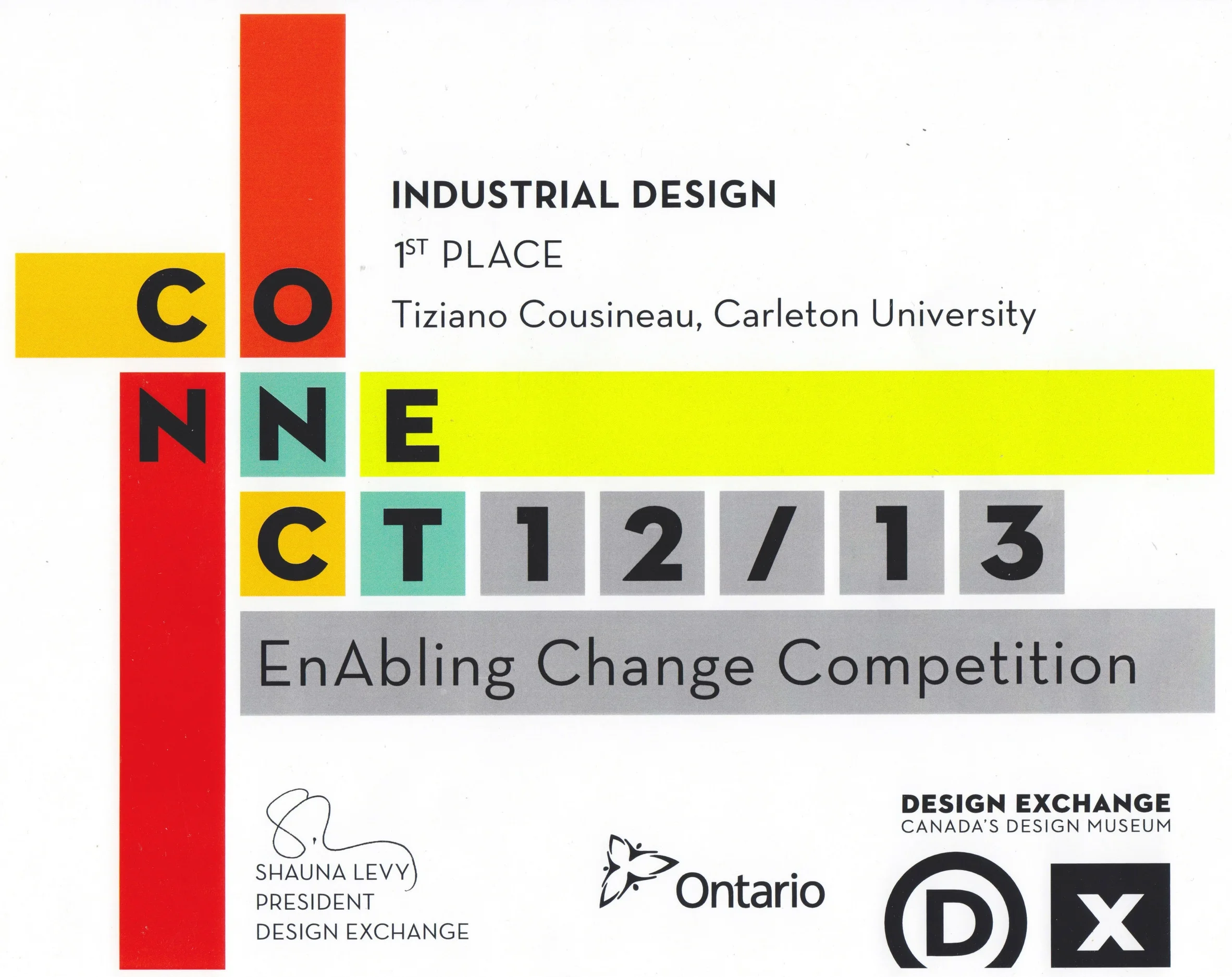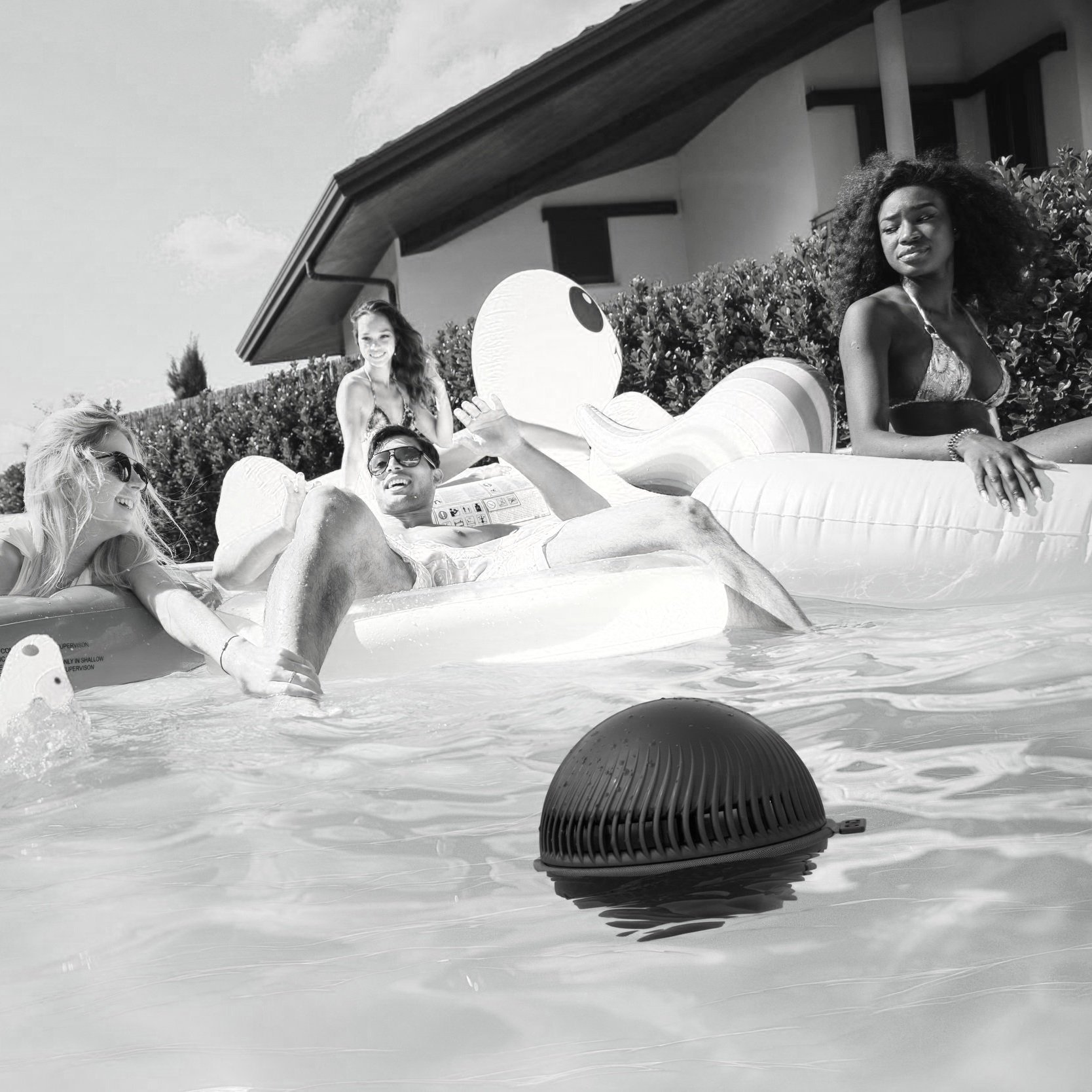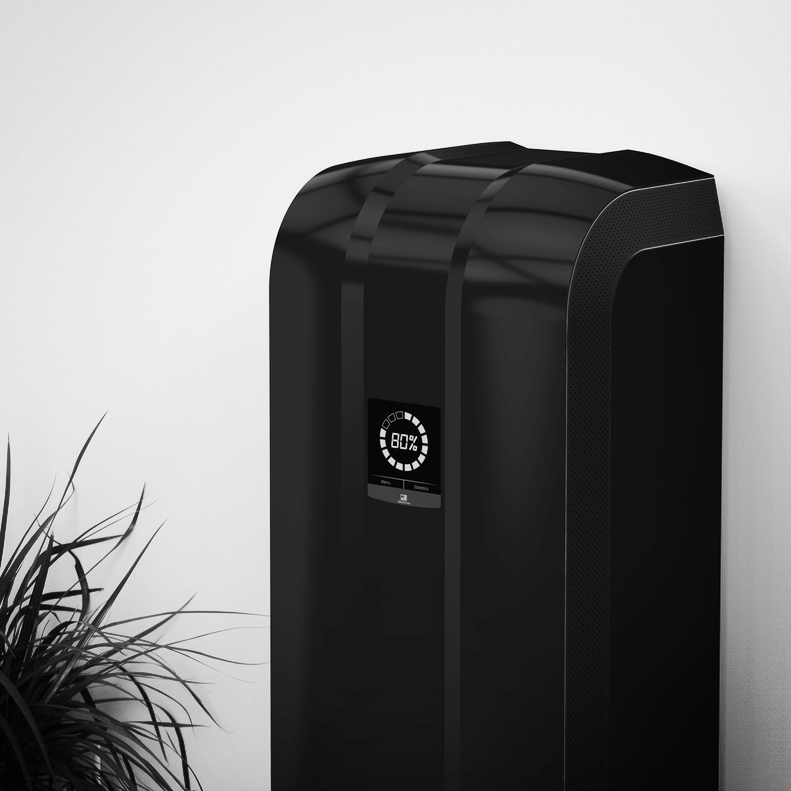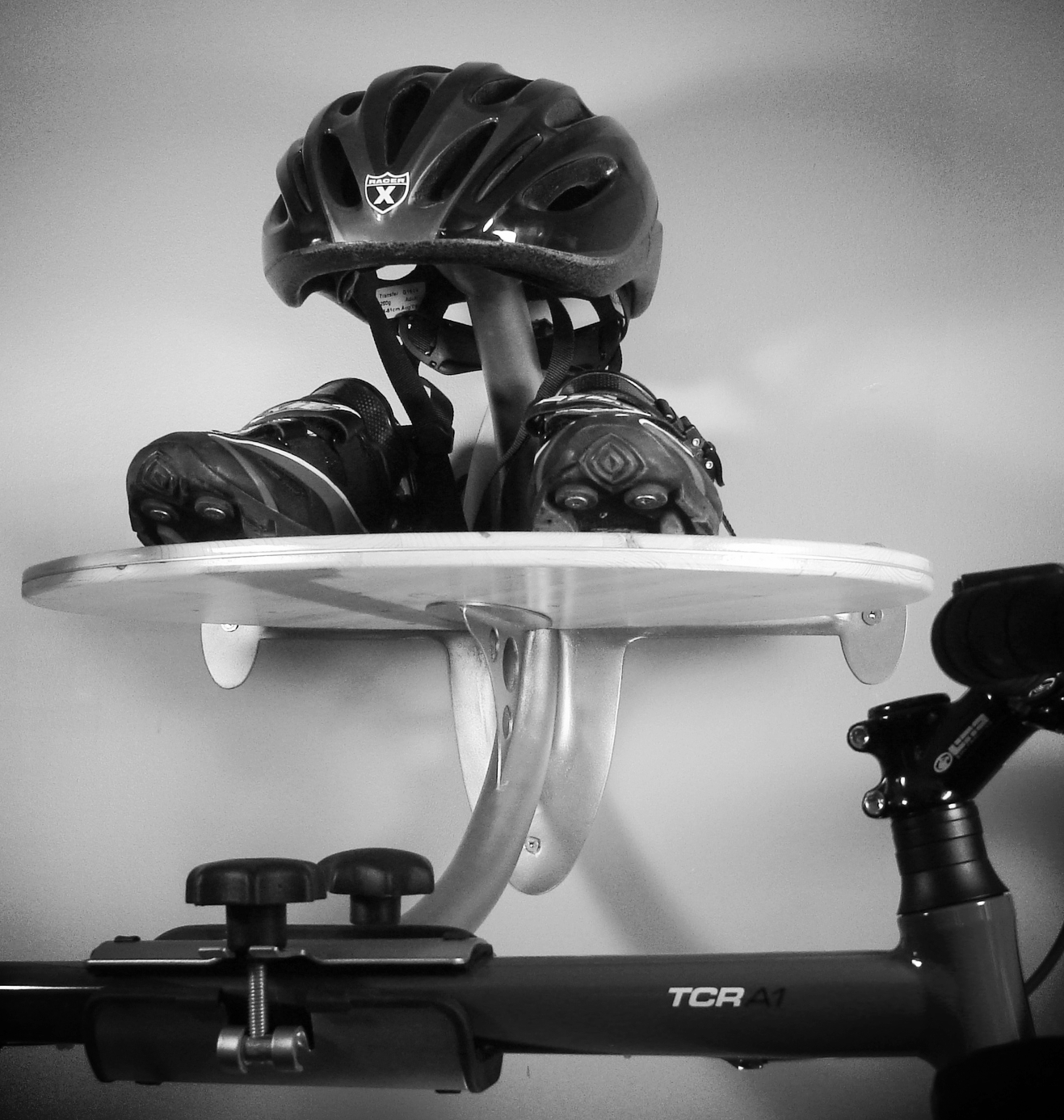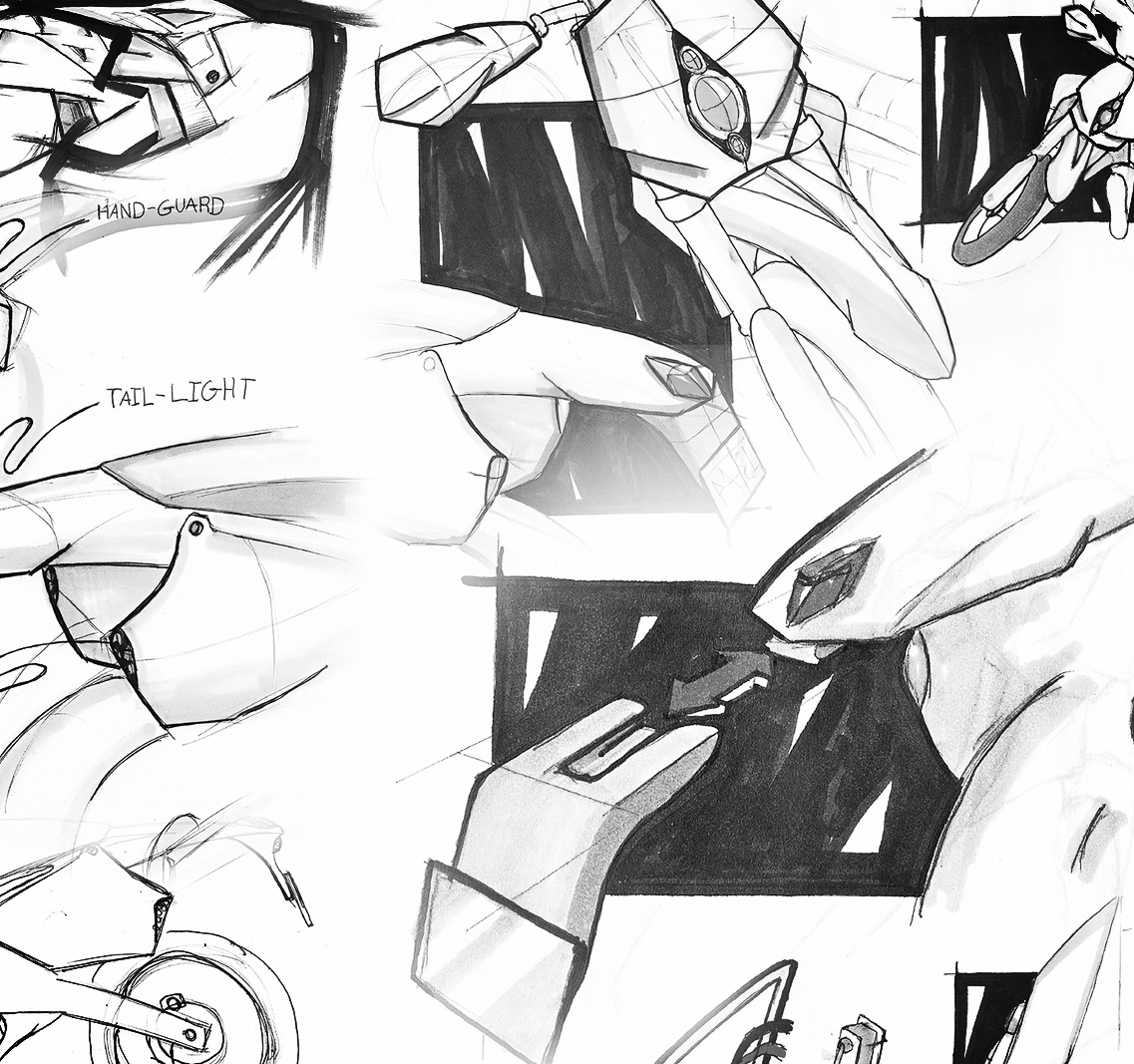Riding an off road motorcycle is an incredible experience plus it’s something that I’m deeply passionate about. As a result, I decided as my 4th year project to pursue the challenge of making off road motorcycling accessible to more people. Specifically individuals with lower limb disabilities.
The Challenge
The main challenge was to design a system that would enable a rider with a lower limb disability to fully experience the thrills and excitements of riding an offroad motorcycle. This would include; balancing on two wheels, leaning into corners, traversing over rough terrain as well as starting and stoping without needing outside assistance. All of this needed to be achieved without increasing the risk factors associated with riding a offroad motorcycle and without costing a fortune.
Keys To Sucesss
Balancing
Leaning
Rough Terrain
STARTING/STOPPING INDEPENDENTLY
SAFETY
LOW COST
USE-CYCLE WITHOUT INCLUSIVE MOTO
Development
Inclusive Moto was developed through the four-phase design process. This design process consisted of; Research, Concepts, Testing, Final Prototype.
Research
The design problem was researched from multiple perspectives such as target users, environment, motorcycles, engineering, market.
CONCEPTS
Multiple preliminary design solutions were developed through brainstorming, sketching and model making. The most promising concepts were then explored further by conducting preliminary testing.
Testing
Engineering feasibility, safety, ergonomics and usability were evaluated through load testing and empathetic user testing.
In order to perform valid, accurate and safe testing, a test rig was designed and built in the place of a real motorcycle. To avoid unnecessary risk to myself and testers, the test rig was designed to simulate a moving motorcycle while remaining stationary. This eliminated the possibility of anyone falling and getting hurt.
FINAL Prototype
The design was detailed in CAD, and then validated through a semi-functional model that physically demonstrated how the design would look and function. This model was used in conjunction with a real motorcycle to produce the video seen above.




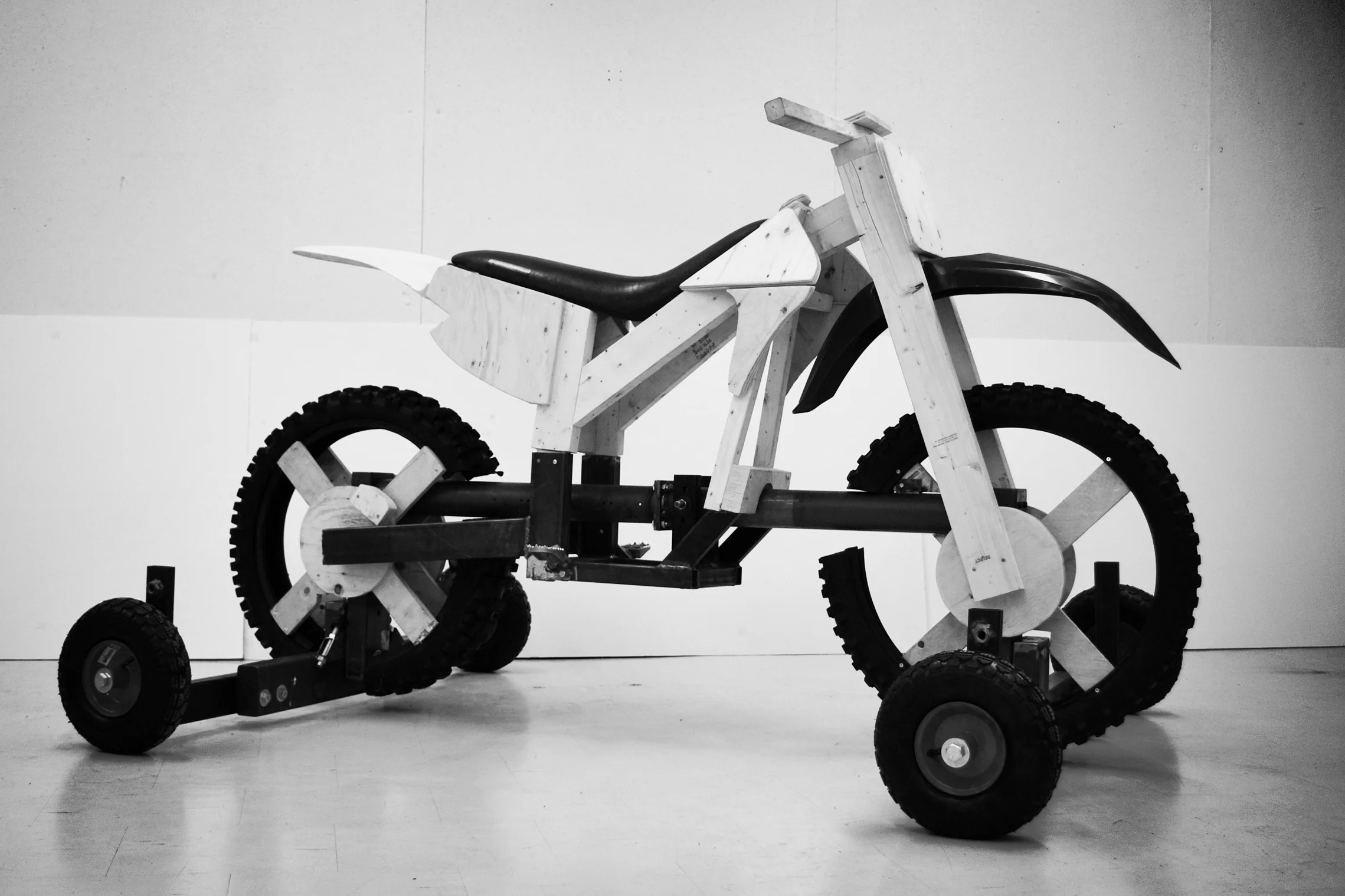


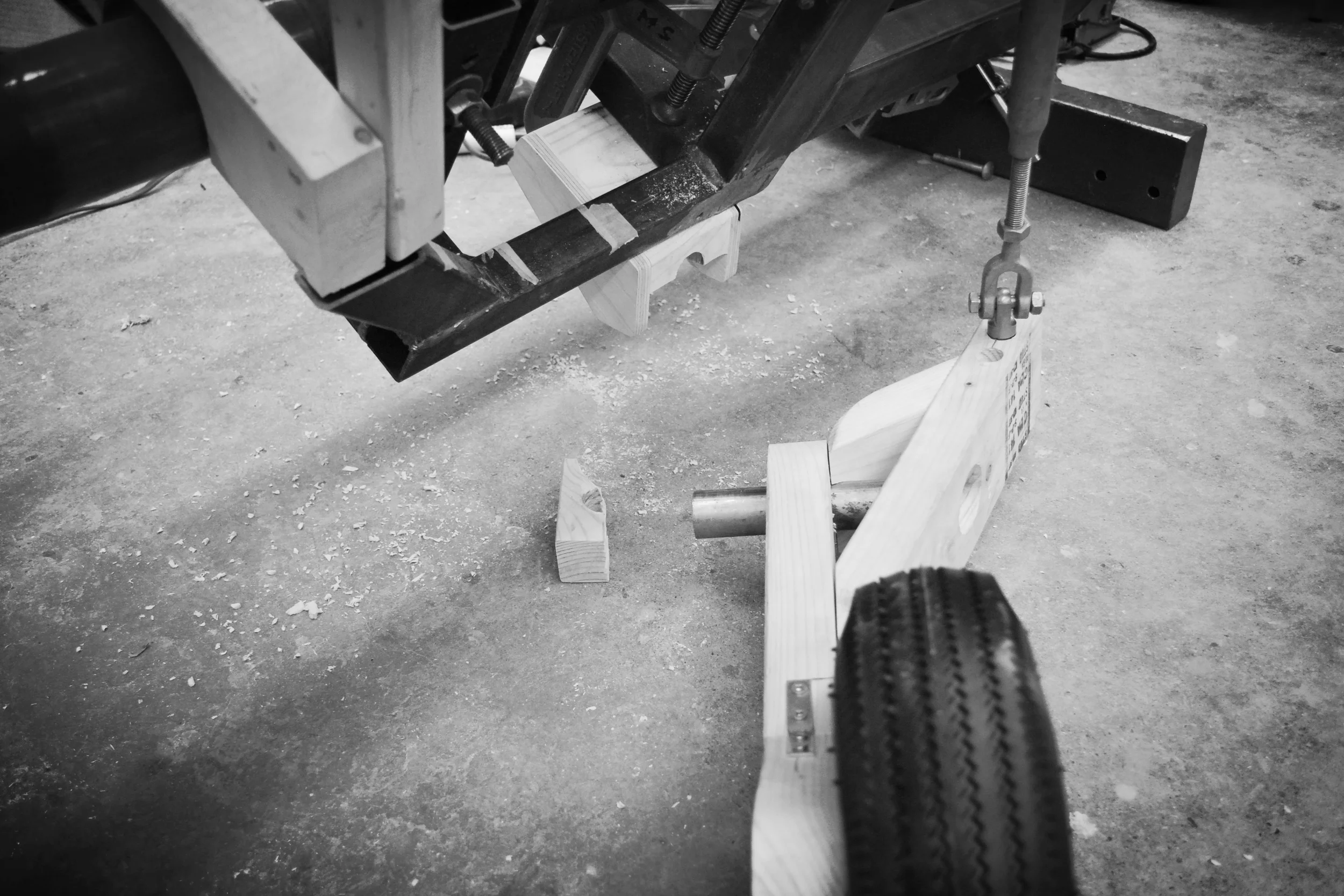





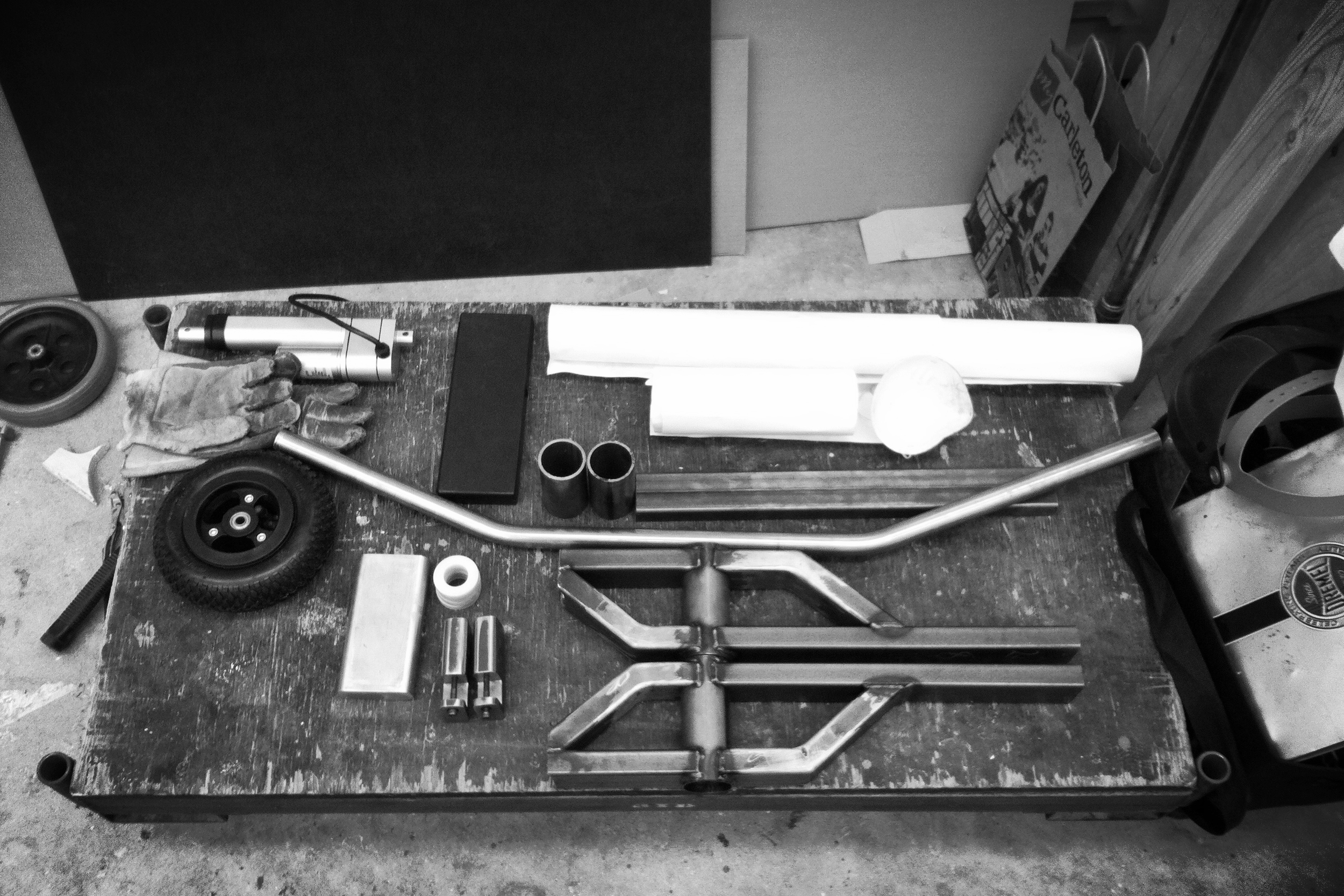


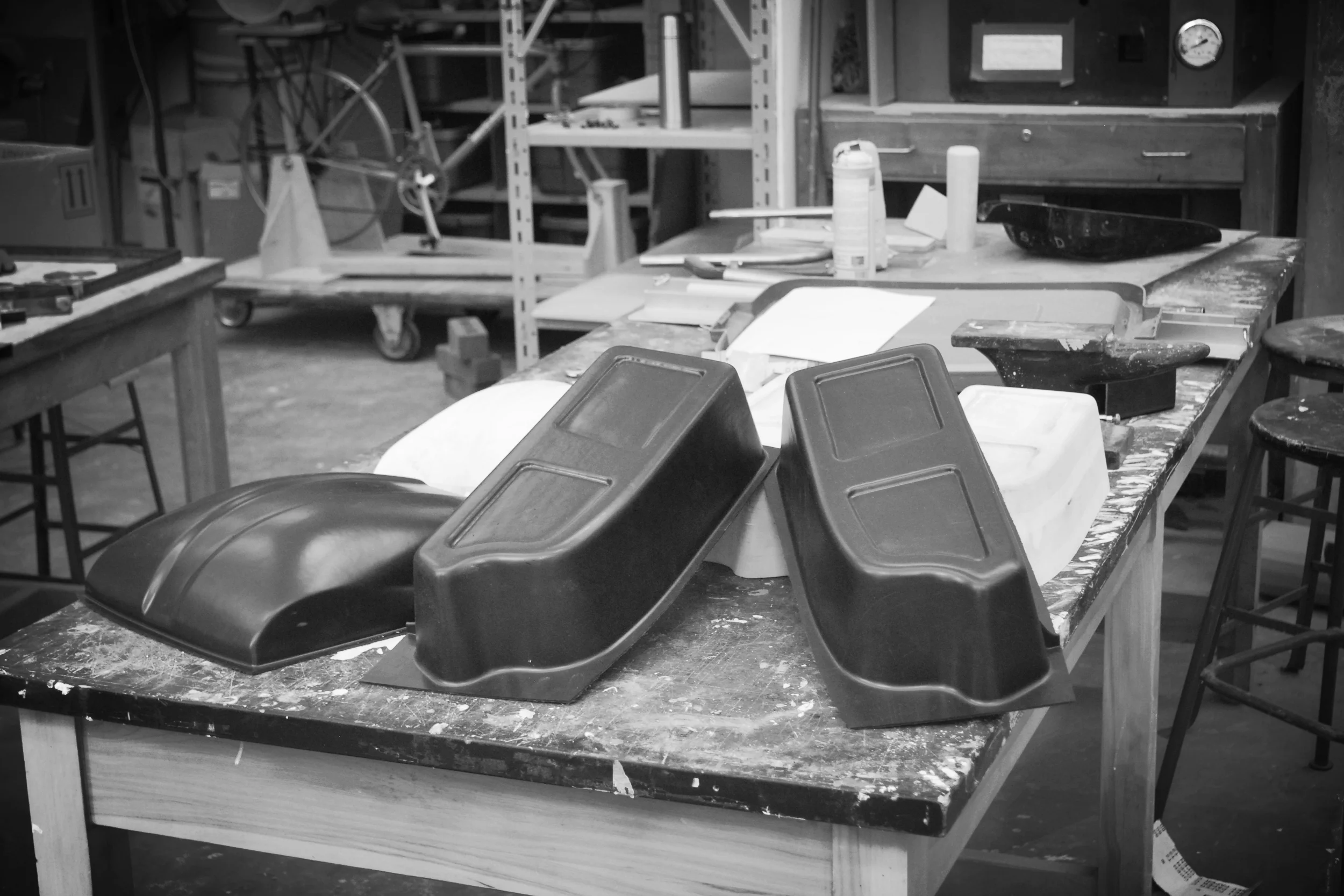

Final Design
The final design consists of a system that bolts to an existing motorcycle. This system’s main function is to hold the motorcycle upright when stopping/starting. Once the motorcycle is in motion, the system then retracts in order to provide the rider full control over the motorcycle. The design solution also incorporates a roll bar that prevents the rider getting trapped under the motorcycle in case of a tip over.
Use-Cycle With Inclusive Moto
Inclusive Moto uses 12v linear actuators to retract aluminum legs that support the motorcycle when stopped. These actuators are powered by the motorcycle’s battery. The moment of retraction is automatically controlled by a computer based on the rotation of the front wheel. The system can also be manually overridden by the rider through a small thumb control mounted on the handlebar.
